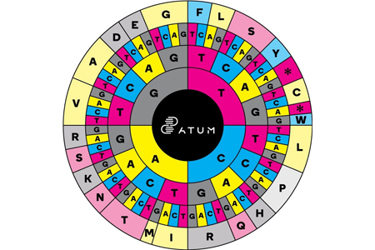Codon Optimization For Recombinant Protein Expression
By Claes Gustafsson, Co-founder & CCO, ATUM Bio

Recombinant protein expression forms the foundation of the entire biotechnology sector. Despite its fundamental importance, the principles of how to design genes for optimal expression in a heterologous host remains poorly understood to this day. The same protein sequence codon optimized two different ways can be up to 1,000-fold different in expression yield. In 1977, when Genentech produced the first human protein (somatostatin) in E. coli, they designed and synthesized the somatostatin gene on the assumed premise that common codons correlate with high expression. Today, almost five decades since that seminal Genentech paper, not much has changed when it comes to gene sequence design for high protein expression yield. Most codon optimization algorithms are still based on that premise even though multiple papers have shown that there is no or very limited correlation between codon abundance and expression yield.
The mechanistic variables that influence codon preference are not well understood; despite this, true codon optimization is possible, owing to advancements in synthetic biology, systematic variance, data aggregation, machine learning, and modern pattern matching algorithms. The recombinant protein expression results can be made consistent and robust with often significantly greater expression yield than before, as well as significant time savings thereby compounding downstream benefits.
Get unlimited access to:
Enter your credentials below to log in. Not yet a member of Bioprocess Online? Subscribe today.
